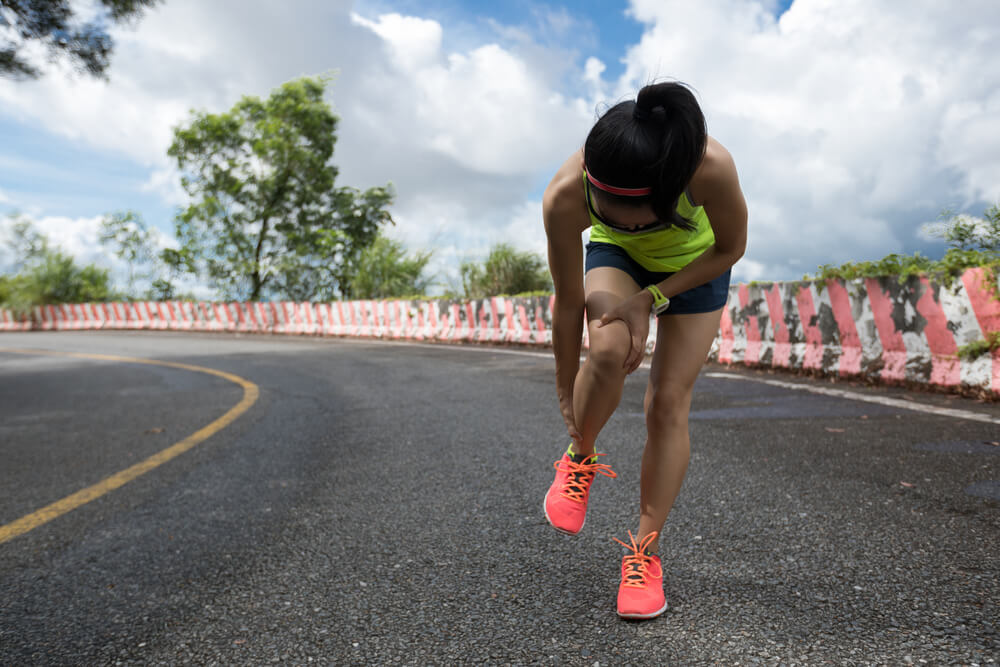The rotator cuff is a shoulder structure that’s made up of four muscles and tendons. This part of your shoulder is vital for moving your arm, and it also helps keep the upper arm bone firmly seated in the shoulder socket. When the rotator cuff is torn, surgery may be required to repair it. After your surgery, physical therapy can help your shoulder heal, and physical therapy after rotator cuff surgery tends to fall into three distinct phases.
- Passive movement
The first phase that patients will encounter when doing physical therapy after rotator cuff surgery is passive movement. Passive movement is when you’re letting movement of other parts of the body move your shoulder. This type of movement also relies on the downward pull of gravity to move the shoulder.
For example, the pendulum swing exercise is a passive therapy exercise that’s often used for rotator cuff recovery. To do this exercise, you’ll place the hand of the unaffected arm on a table or flat surface. Using this hand for support, you’ll then bend over so that the affected arm is hanging straight down. Next, move your body back and forth or side to side. As you move, allow the affected arm to swing freely, but keep the movements small at first.
- Active motion
After the passive motion phase, your physical therapy after rotator cuff surgery can move on to the next phase, which is active motion. This type of motion requires that you use your shoulder and arm muscles to move your shoulder, and the exercises in the active motion phase of therapy are intended to help improve range of motion.
An excellent example of an active motion exercise is lying external rotation. Before beginning this exercise, you’ll need to lie down on your unaffected side, and you can do so on the floor or on your bed. Position your arm so that the upper arm is close to your side, and the forearm should be bent at 90 degrees with your hand resting on your stomach.
From this starting position, slowly raise your hand until it’s level with your upper arm. Make sure the upper arm stays close to your side during this movement. Hold this position for three to five seconds, and then slowly lower your hand back to the start position. Repeat this movement until you’ve completed eight to 10 reps, but make sure you stop if your shoulder starts to hurt.
- Strengthening
The third phase of physical therapy after rotator cuff surgery involves strengthening the shoulder muscles. In many cases, this is done using resistance band exercises like the resisted shoulder extension exercise.
To do this exercise, tie the resistance band securely to the doorknob of a closed door. Then, step back from the door with the band held in the hand of your affected arm. Your arm should be held straight down at your side, and there should be a slight tension on the band now. Once in this position, slowly pull the band backward until your hand is just past your hip and hold this position for two or three seconds. Then, slowly move your arm back to the start position with a controlled motion. You don’t want to let the band pull your arm forward. For best results, complete 10 to 15 reps as long as you can do so without pain.
Find post-rotator cuff surgery physical therapy at Armor Physical Therapy
If you’ve recently had rotator cuff surgery in southwest Michigan, Armor Physical Therapy can help you recover after surgery. Our team is highly trained in therapy techniques such as:
We can combine these and other techniques to create a therapy plan that’s personalized to you.
Contact us today for more information or to schedule an initial appointment to begin your physical therapy after rotator cuff surgery.
